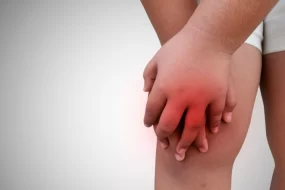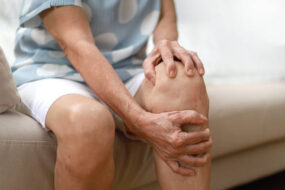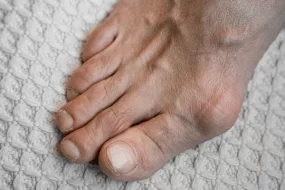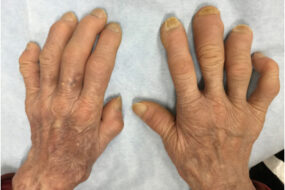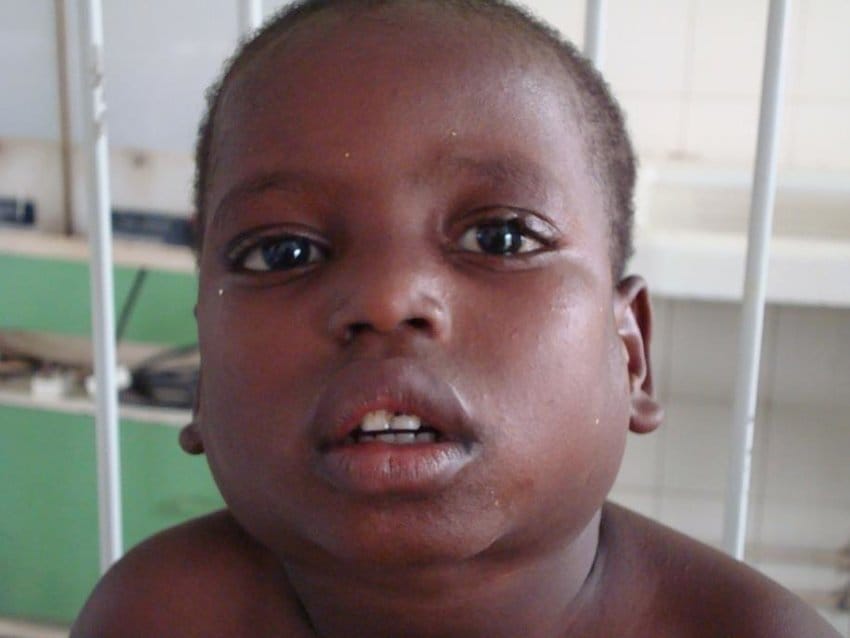
Mumps is an acute viral illness caused by the mumps virus, a member of the Paramyxoviridae family. It primarily affects the salivary glands but can also involve other organ systems.
Etiology
- Pathogen: Mumps virus (MuV) is a single-stranded RNA virus that primarily infects humans.
- Transmission: The virus spreads via respiratory droplets from coughing, sneezing, or talking, as well as through direct contact with infected saliva. The infectious period typically begins two days before the onset of symptoms and lasts until five days after parotitis onset.
Epidemiology
- Global Distribution: Mumps is a worldwide disease but has become less common in regions with high vaccination coverage. Outbreaks still occur, especially in areas with lower vaccination rates.
- Vaccination Impact: The introduction of the measles, mumps, and rubella (MMR) vaccine has significantly reduced the incidence of mumps. However, outbreaks can still occur in vaccinated populations, particularly among adolescents and adults.
- Age Groups Affected: Mumps primarily affects children aged 2 to 12 years, but adolescents and adults can also contract the virus, often with more severe manifestations.
Clinical Features
- Incubation Period: The incubation period for mumps is typically 16 to 18 days, but it can range from 12 to 25 days.
- Prodromal Symptoms:
- Mild fever
- Headache
- Myalgia
- Fatigue
- Loss of appetite
- Characteristic Features:
- Parotitis: The hallmark of mumps is unilateral or bilateral swelling of the parotid glands, which typically develops 2 to 3 days after the prodromal phase. The swelling may cause pain and discomfort.
- Orchitis: In postpubertal males, mumps can lead to orchitis (inflammation of the testicles), which may present with unilateral testicular swelling and pain.
- Oophoritis: Females may experience oophoritis (inflammation of the ovaries), although this is less common.
- Meningitis/Encephalitis: Mumps can cause viral meningitis or encephalitis, presenting with fever, headache, stiff neck, and neurological deficits.
- Complications:
- Hearing Loss: Sensorineural hearing loss can occur in a small percentage of cases.
- Pancreatitis: Rarely, mumps can cause pancreatitis.
- Myocarditis: There are reports of myocarditis associated with mumps infection.
Diagnosis
- Clinical Diagnosis: Diagnosis is primarily clinical, based on the characteristic features of parotitis and relevant history, such as vaccination status.
- Laboratory Tests:
- Serology: Detection of specific IgM antibodies against the mumps virus can confirm acute infection. IgG antibodies can indicate past infection or vaccination.
- PCR Testing: Polymerase chain reaction (PCR) testing of saliva, urine, or cerebrospinal fluid (CSF) is a highly sensitive method for diagnosing acute mumps infection.
- Virus Isolation: Isolation of the mumps virus from clinical specimens can be performed but is less common in routine practice.
- Imaging: Ultrasound may be utilized to assess parotid swelling or testicular involvement but is not routinely needed for diagnosis.
Management
- Supportive Care:
- Symptomatic treatment includes analgesics and antipyretics (e.g., acetaminophen or ibuprofen) to manage pain and fever.
- Hydration and rest are encouraged.
- Isolation: Infected individuals should be isolated to prevent the spread of the virus, particularly during the contagious period.
- Antivirals: No specific antiviral treatment is available for mumps. Treatment focuses on symptomatic relief.
Prevention
- Vaccination:
- The MMR vaccine is the primary preventive measure against mumps. The vaccination schedule typically includes:
- First dose at 12 to 15 months of age
- Second dose at 4 to 6 years of age
- Vaccination has been highly effective in reducing the incidence of mumps.
- The MMR vaccine is the primary preventive measure against mumps. The vaccination schedule typically includes:
- Public Health Measures: During outbreaks, vaccination campaigns may be initiated to boost community immunity.
Prognosis
- Mumps is generally a self-limiting disease with a good prognosis. Most individuals recover completely without complications.
- Complications, when they occur, can lead to significant morbidity, but they are relatively rare.









